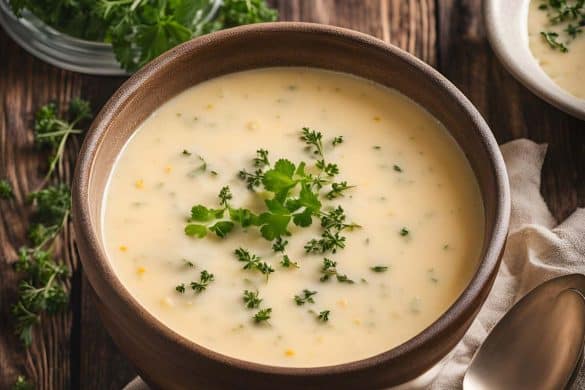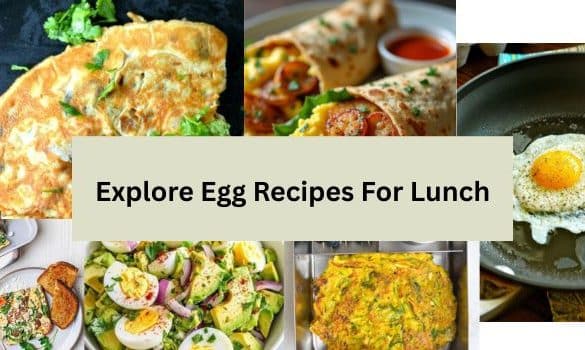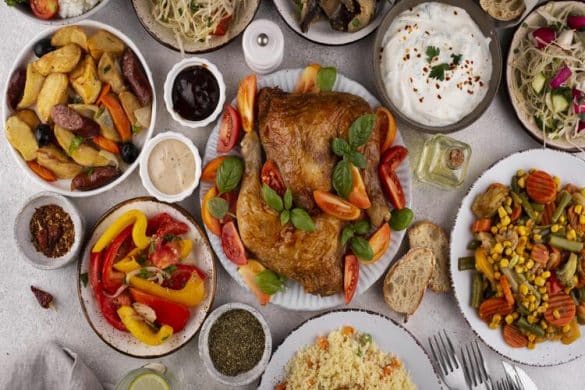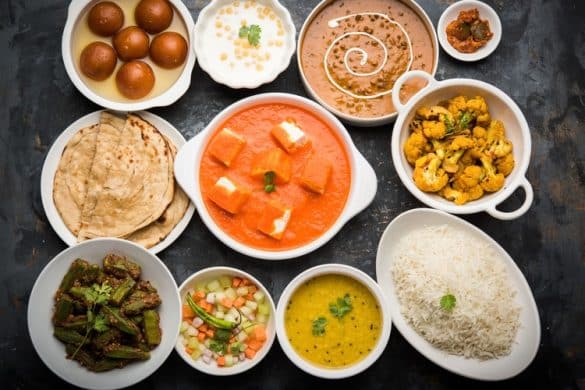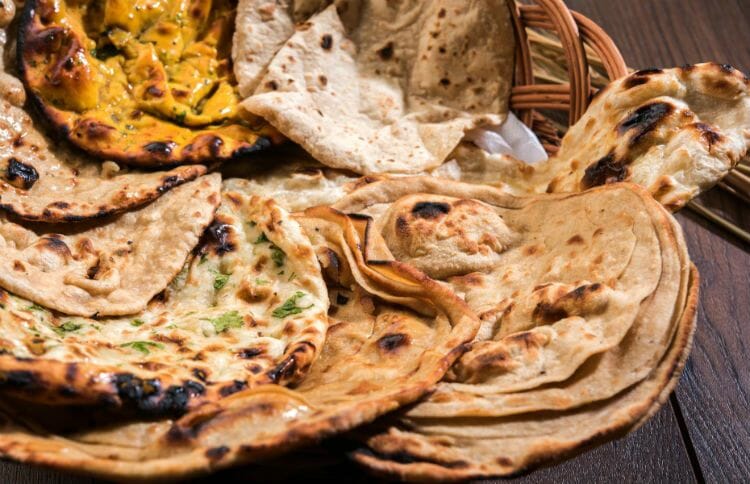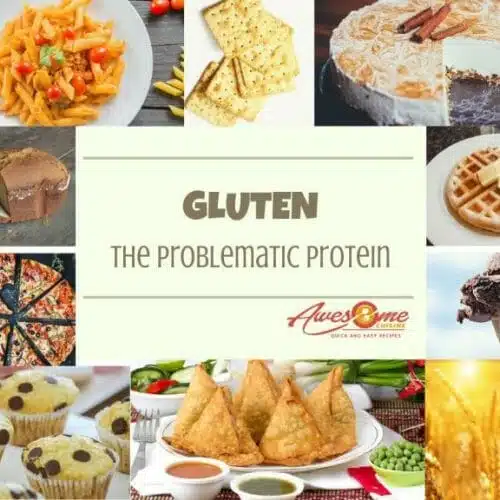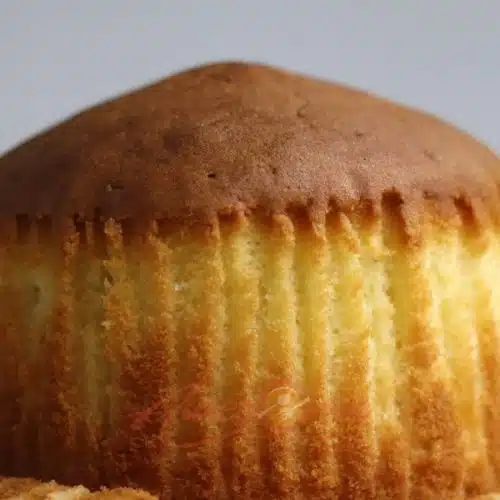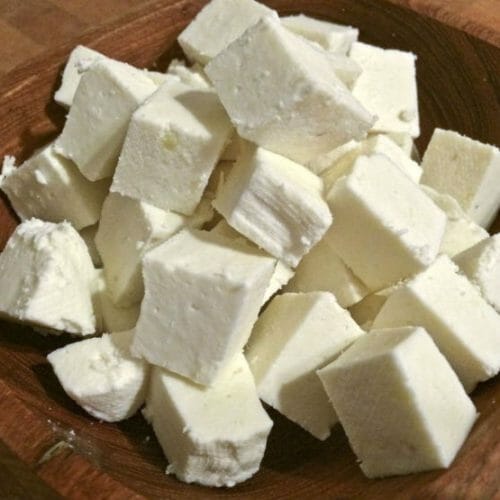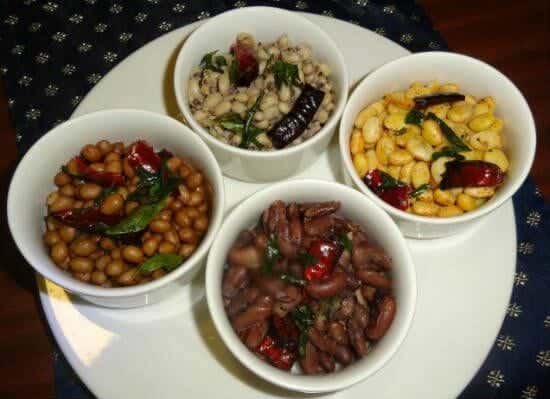Kerala is the ideal destination for those seeking the culinary journey of a lifetime. The state’s local cooking style, also known as ‘Sadya,’ is a feast for the palate, offering many vegetarian and non-vegetarian dishes. Its culture and history heavily influence Kerala’s traditional food items.
A subtle blend of spices, like, cardamom, cloves, ginger, turmeric, tamarind, curry leaves, mustard seeds, as well as rice, fish, and coconut, creates culinary magic in traditional Kerala kitchens.
Known for its variety of vegetarian and non-vegetarian dishes infused with aromatic spices, Kerala’s eclectic cuisine offers a culinary experience unlike any other. Ahead, we’ll explore the top 15 Kerala cuisine that will leave you wanting more. Let’s begin!
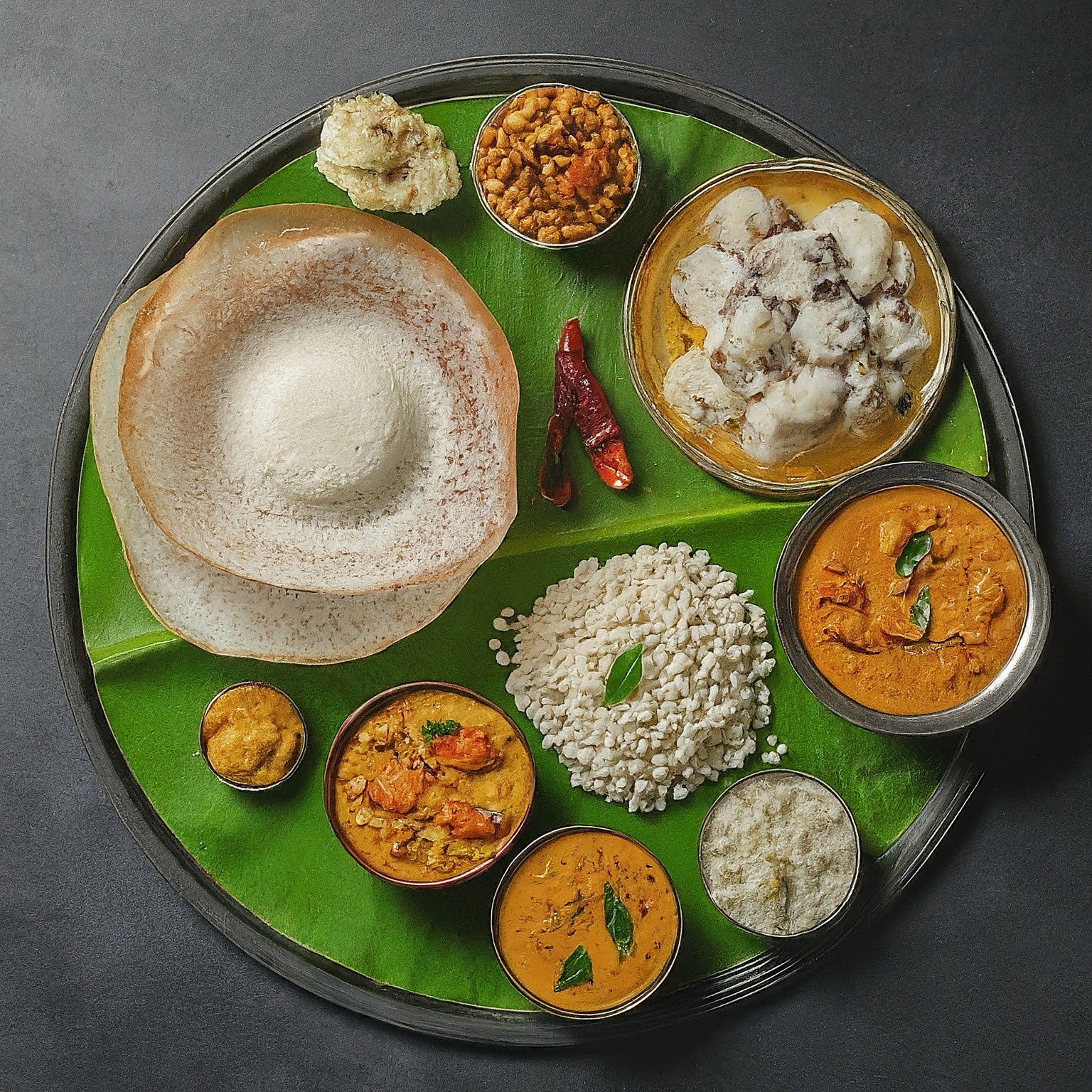
A vibrant Kerala food platter
15 Mouthwatering Kerala Dishes You Can’t Miss!
Sample the food in Kerala, and you’ll have a gastronomical adventure of a lifetime. From delicious breakfast options to sugary desserts, Kerala’s food choices create a flavour profile that sticks with you long after you finish it.
1. Puttu and Kadala Curry
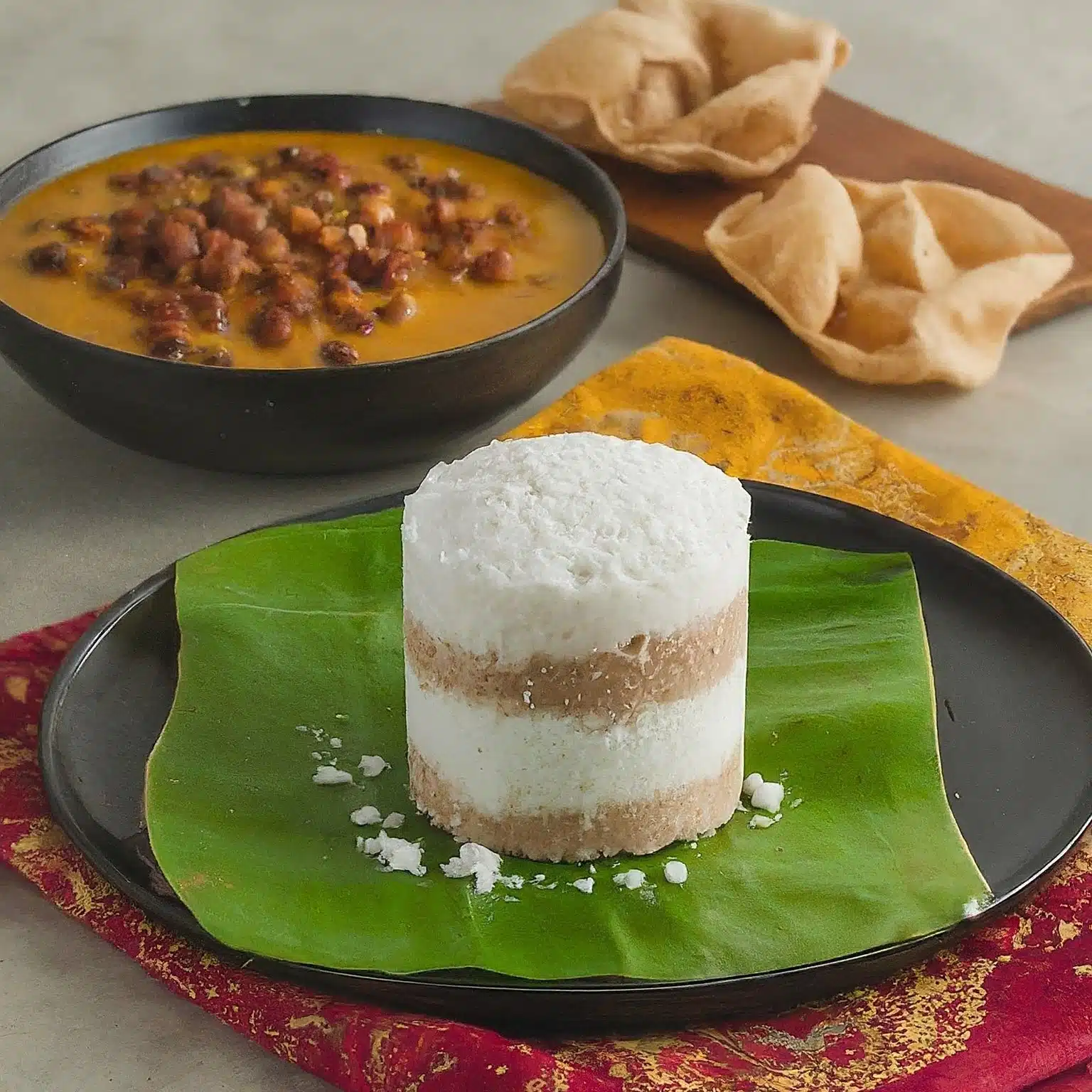
Puttu and Kadala Curry
There’s no better way to start your day than with Puttu and Kadala Curry, one of Kerala’s most famous food and breakfast dishes. With the goodness of health and taste, it is the perfect way to start the day on a flavoursome note.
Traditionally, Puttu is a cylindrical steamed rice cake cooked with grated coconut. Kadala Curry goes perfectly with Puttu’s light and fluffy texture. The curry is made of black chickpeas (kadala), cooked in a smooth gravy of coconut milk, spices, onion and garlic. Have it as your breakfast, and we’re sure you’ll understand the hype!
2. Appam with Stew
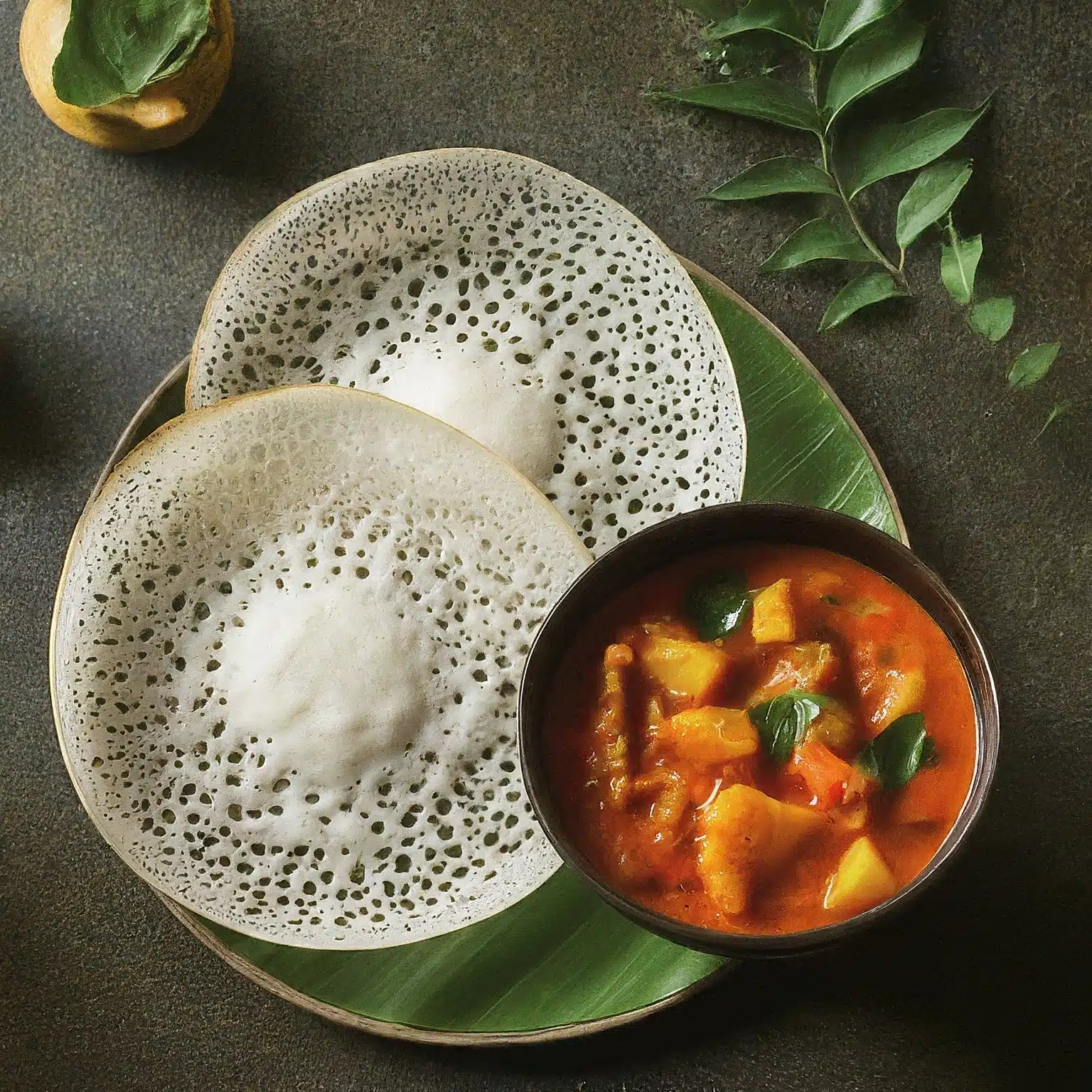
Appam with Stew
Appam is a thin, lacy pancake made of fermented rice flour and coconut milk. It’s a Kerala staple with crisp edges and a soft and thick centre. One of Kerala’s favourite food delicacies, Appam blends perfectly with Stew.
With coconut milk, an array of spices, vegetables, and tender pieces of meat, Stew is an aromatic, mildly spiced curry best served with Appam. This is your chance to try it if you haven’t already done so.
3. Idiyappam with Curry
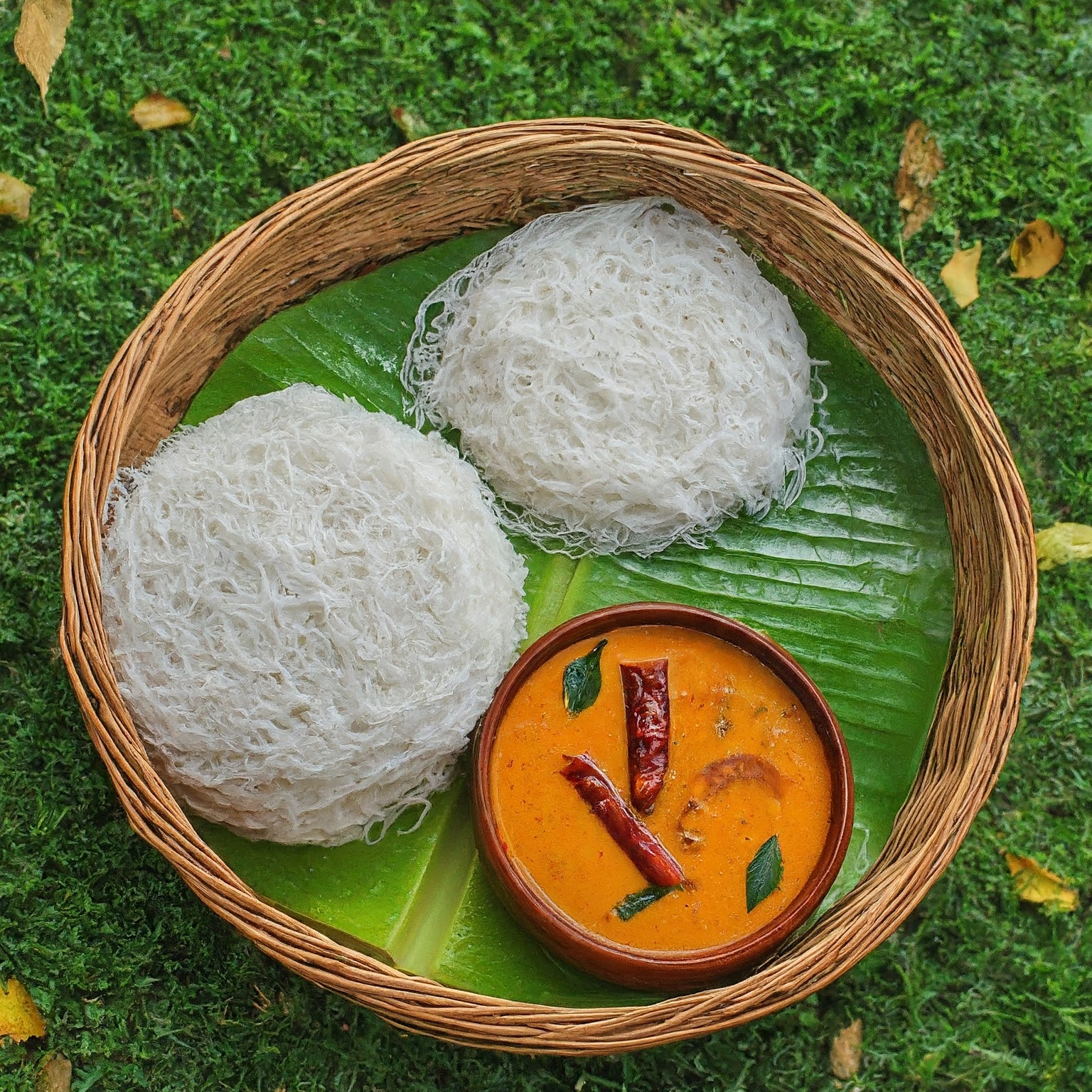
Idiyappam with Curry
Also known as Noolappam, Idiyappam is another celebrated dish from the Kerala food palette. Traditionally, it consists of rice flour, salt, and water assembled into strands of vermicelli or sevai. A delicious indulgence at any meal, Idiyappam with Curry is relatively light on the stomach yet utterly delicious.
The variety of curries it pairs well with adds to its distinctive charm; however, Egg Curry is arguably its best partner.
4. Idli sambhar
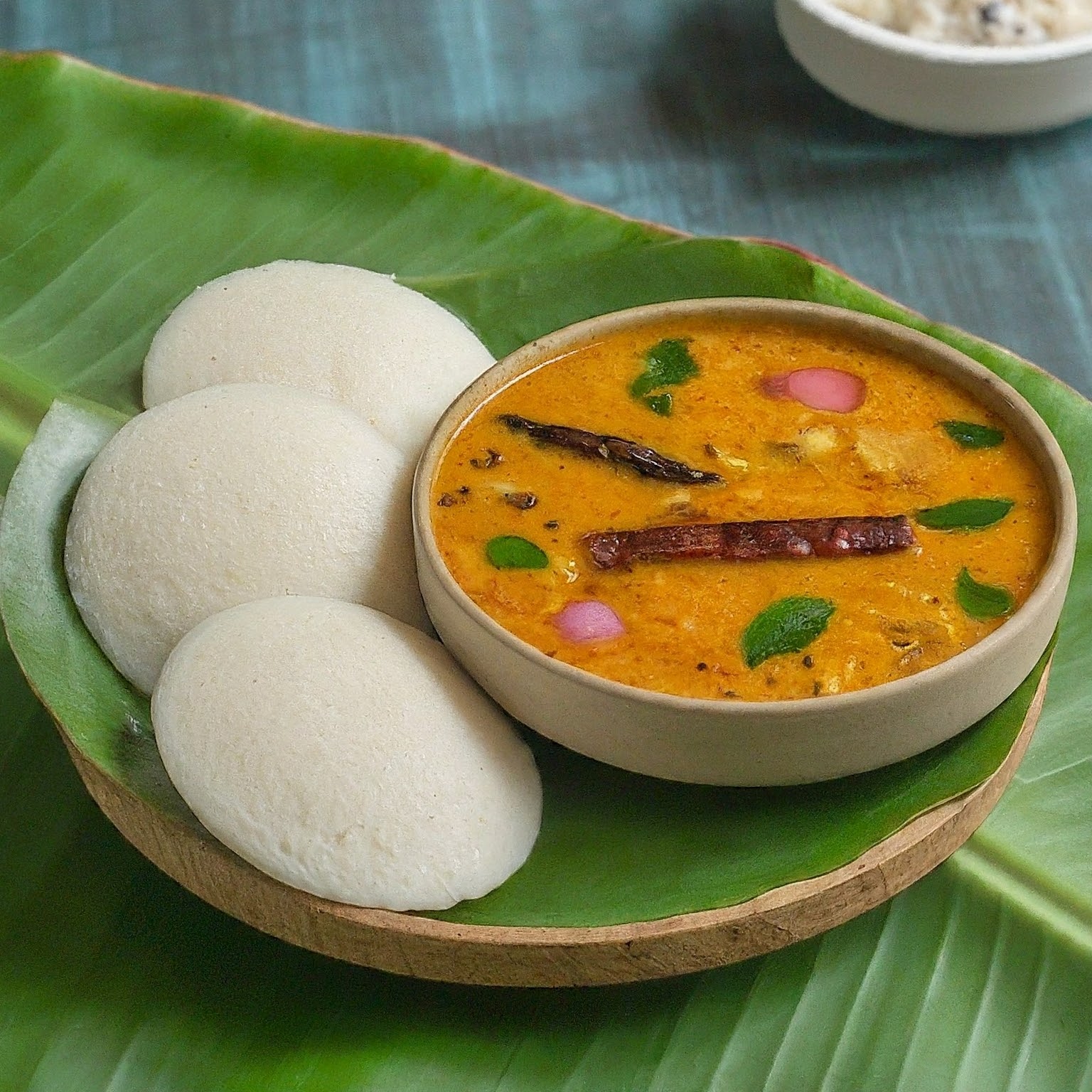
Idli sambhar
Idli Sambhar is a standout dish that’s perfect for breakfast and is also considered one of the healthiest foods in Kerala. This popular dish, beloved not only in Kerala but across India, features soft, fermented rice cakes called idlis paired with sambhar—a tangy curry made from aromatic spices, vegetables, and lentils.
Sambhar not only complements the idlis but also enhances their flavor with its rich, spicy, and slightly sour profile. Together, Idli Sambhar provides a balanced meal rich in protein, fiber, and essential vitamins, making it a healthy choice that’s both filling and delicious.
5. Nadan Kozhi Varuthathu (Spicy Chicken Fry)
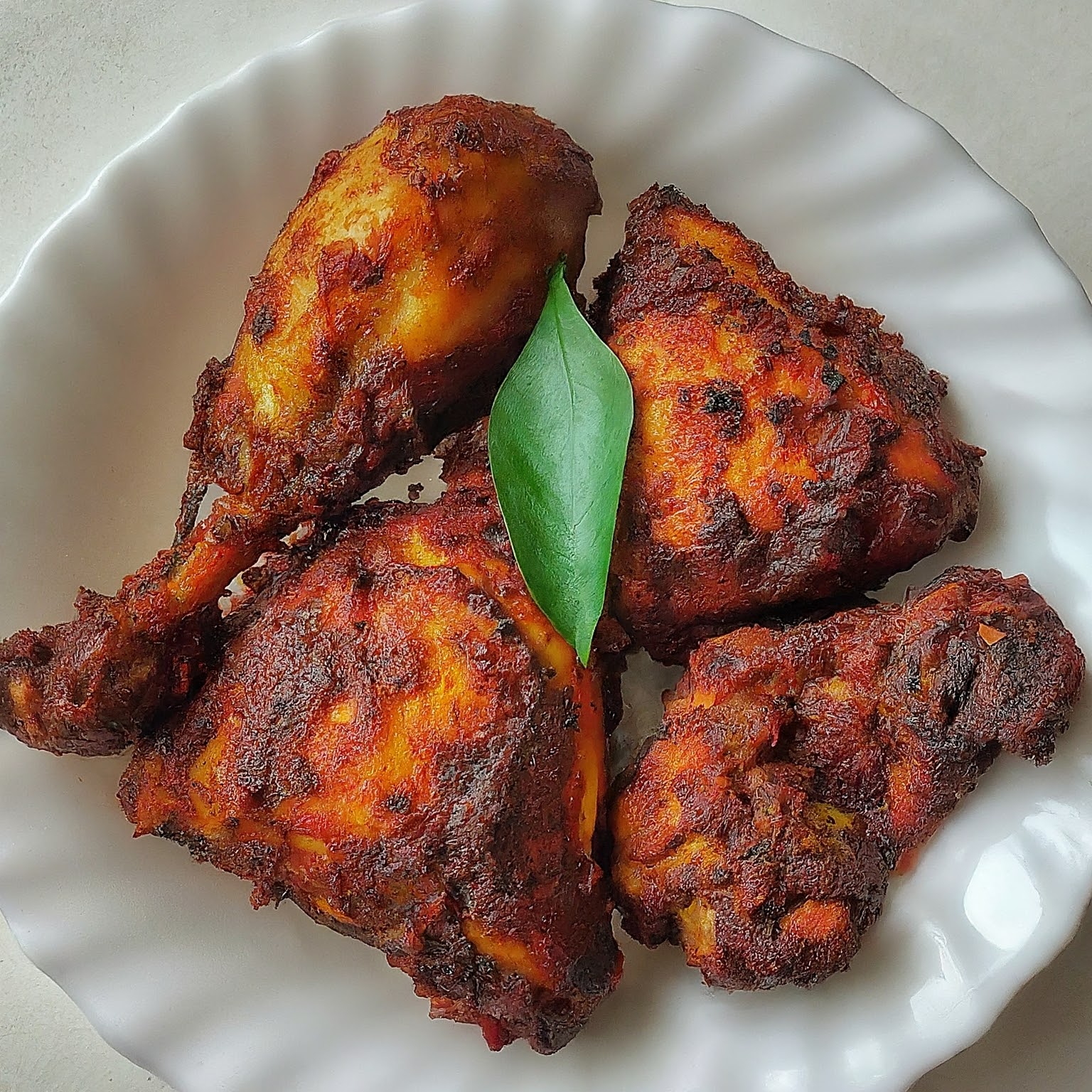
A plate of Nadan Kozhi Varuthathu
Known beyond the state’s borders, Nadan Kozhi Varuthathu, or spicy chicken fry, has made a mark in Kerala’s gastronomic history. This dish is a taste explosion seasoned with spices, like garam masala, and fried to perfection.
The chicken pieces are marinated in a blend of garlic, fresh green chillies, vinegar, and coriander and then fried until browned and crispy. This feast, packed with fiery heat and deep spices, is perfect for an adventurous palate. Whether you’re eating rice, Appam, Kerala Porotta, or even bread, it complements every dish. Nadan Kozhi Varuthathu is one of Kerala’s best street foods, making it a must-try for any visitor.
6. Kerala Prawn Curry
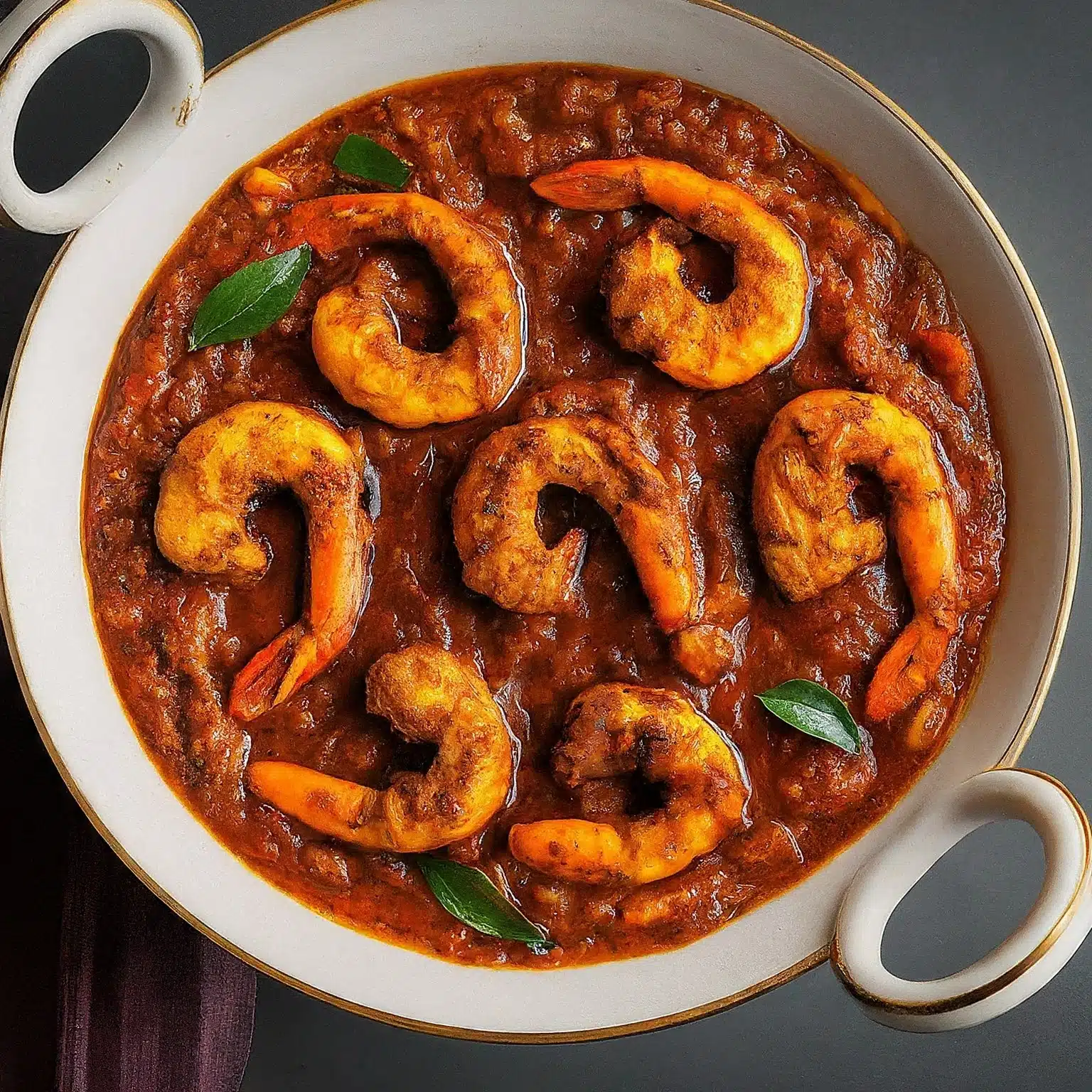
Kerala prawn curry
In Kerala cuisine, prawns are inseparable from seafood! Besides fish curry, the Kerala Prawn Curry must be on your food-tasting list. It combines prawns with fenugreek, black mustard, fennel seeds, chilli, and coconut milk.
Kudampuli, an ingredient containing brindleberries, gives the dish an unusual sourness. Drumsticks and raw mango enhance the spicy, tangy flavours, making Kerala Prawn Curry a gastronomic delight.
The Kerala Prawn Curry will add a refreshing twist to your seafood experience with a blend of sweet, spicy, and tangy notes.
7. Naadan Beef Fry or Kerala Style Beef Fry
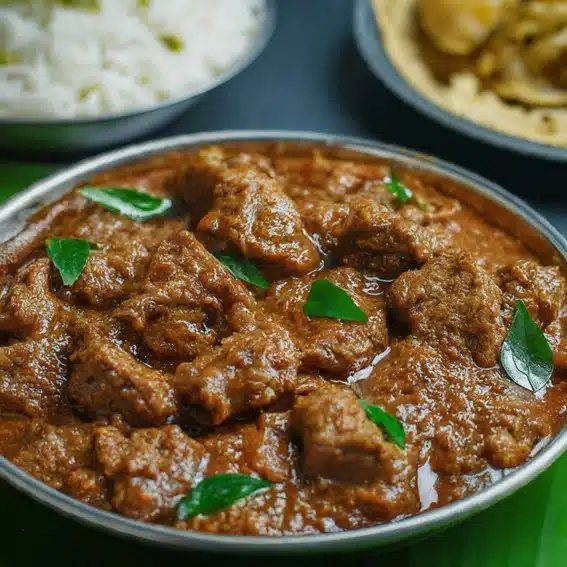
Naadan Beef Fry
Kerala’s meat-loving guests can indulge in its mouth-watering signature dish, Naadan Beef Fry or Kerala Style Beef Fry. The dish is popular beyond Kerala, with meat enthusiasts across the country enjoying its delightful taste.
In this dish, beef is simmered in a medley of ingredients, including spices, onions, garlic, and curry leaves. The spices add a complex depth to the cut of meat, tempting your palate and leaving you wanting more.
8. Malabar Parota
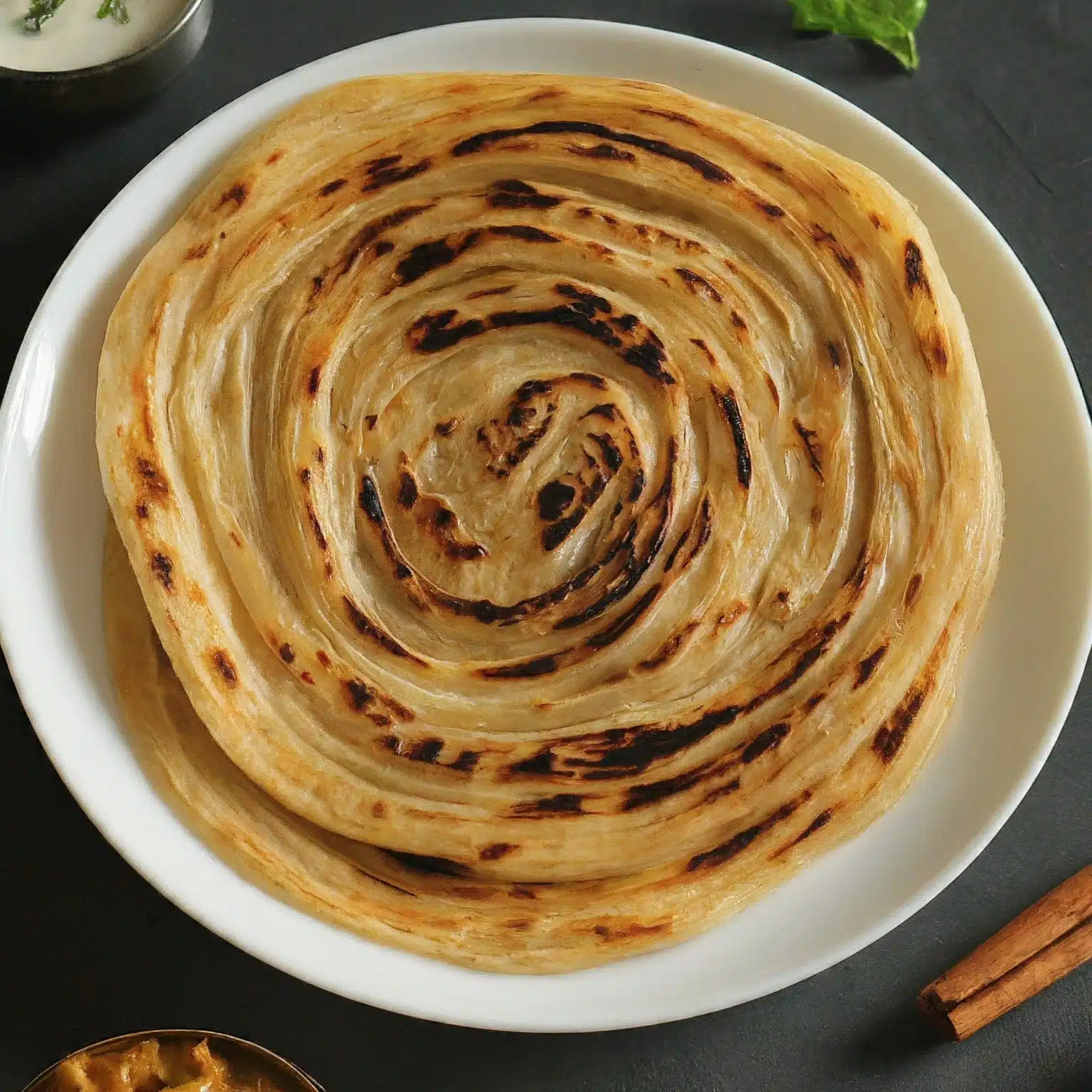
Malabar Parota
Originally from Kerala’s Malabar region, Malabar Parota is a must-try when visiting this southern state. This pliable dough is made from maida (plain flour), beaten, layered, rolled into a tight spiral, flattened out, and fried on a tava (flat griddle). You can crush down the crispy layer or unfold it with a quick jerk of your hands, revealing a deliciously soft interior.
From local carts to fine dining restaurants, Malabar Parotta is found all over Kerala, making it a popular and beloved dish among all age groups. A wide variety of curries and stews can be paired with Malabar Parota, ensuring that every meal will be a feast to remember.
Also read: 13 Must-Try Paratha Varieties for Every Foodie
9. Kerala Style Fish Molee
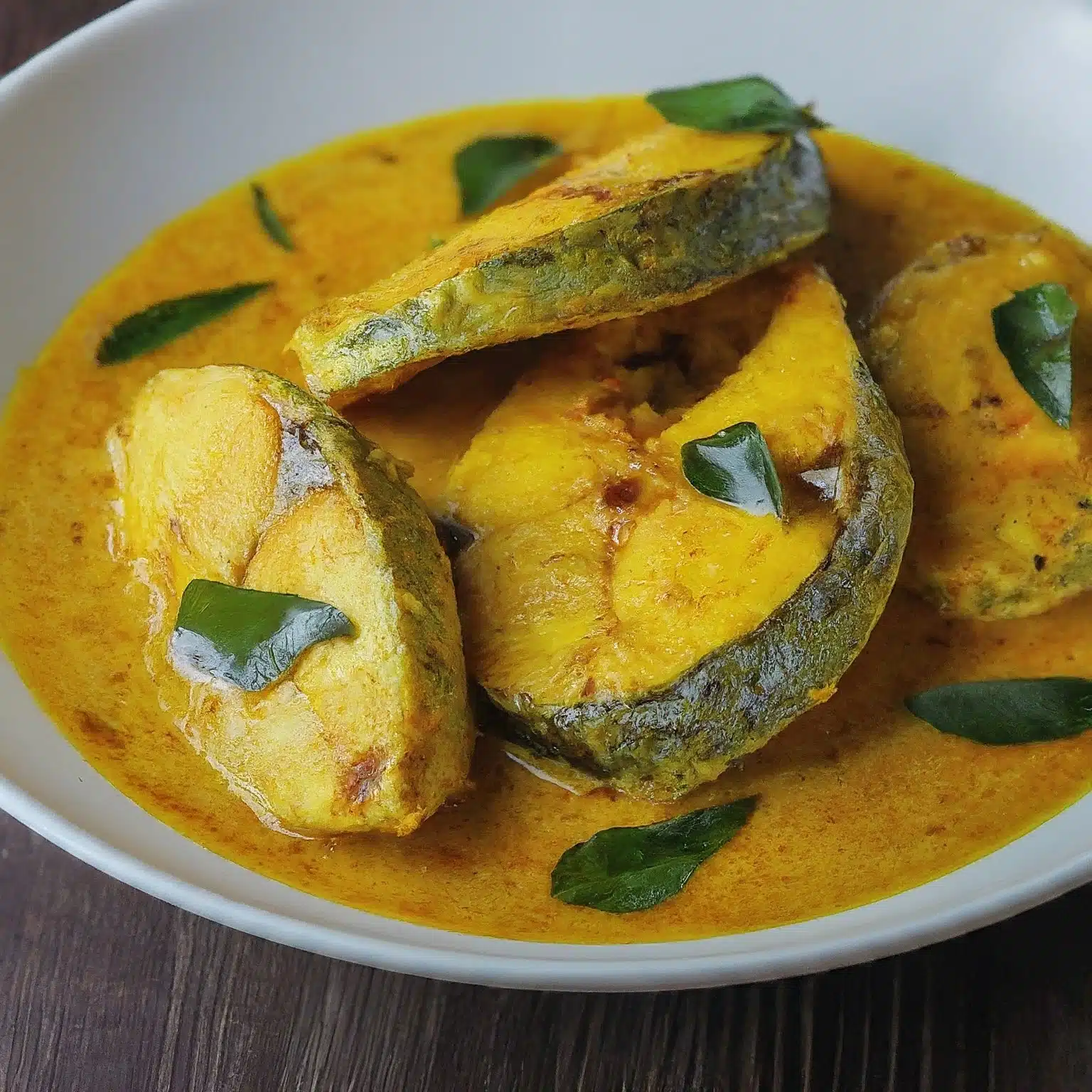
Kerala Style Fish Molee
Kerala has different fish varieties, like karimeen pollichathu and Kerala-style fish Molee! Here, we will discuss fish molee, a speciality among Kerala’s numerous seafood dishes. Its elegant balance of bold flavours is a hallmark of Keralite cuisine.
It’s cooked in coconut milk with turmeric, pepper, cinnamon, cloves, and fresh green chillies that give it a tangy taste. Kingfish or seer fish find favour in this traditional delicacy, which marries the flavours of spices neatly with the mild sweetness of coconut milk.
10. Thalassery Biryani
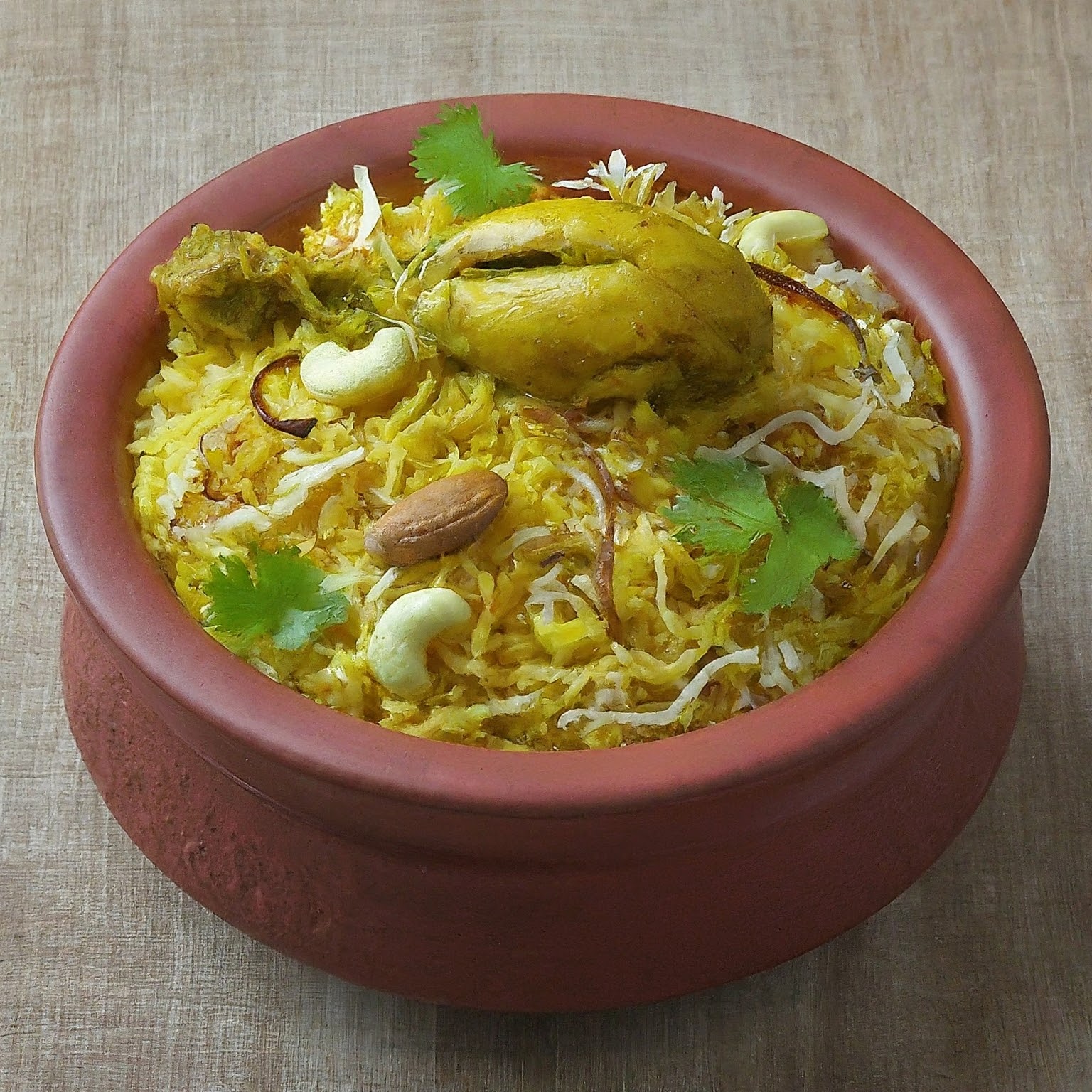
Thalassery biryani
Thalassery biryani, also known as Thalassery biriyani, is a distinctive Kerala dish that is a must-try for any food lover. This flavorful rice and chicken dish is known for its aromatic spices and slow-cooked layers, making it a favourite among locals and tourists alike. The masala is made with a blend of onions, green chillies, ginger, garlic, tomatoes, coriander, and mint, cooked until the chicken is tender.
What makes Thalassery biryani truly unique is the use of a special rice variety called Kaima, known for its small grains and fragrant aroma. This gives the dish a unique flavour, as the rice absorbs the juices of the masala and chicken.
The dish is then topped with fried cashews, sultanas, and onions before being slow-cooked to perfection using the traditional “dum” method. With its rich and unique flavour profile, Thalassery biryani is a must-try for anyone looking to experience the best of Kerala cuisine.
Also read: Chicken biryani
11. Banana Fritters (Ethakka Appam)
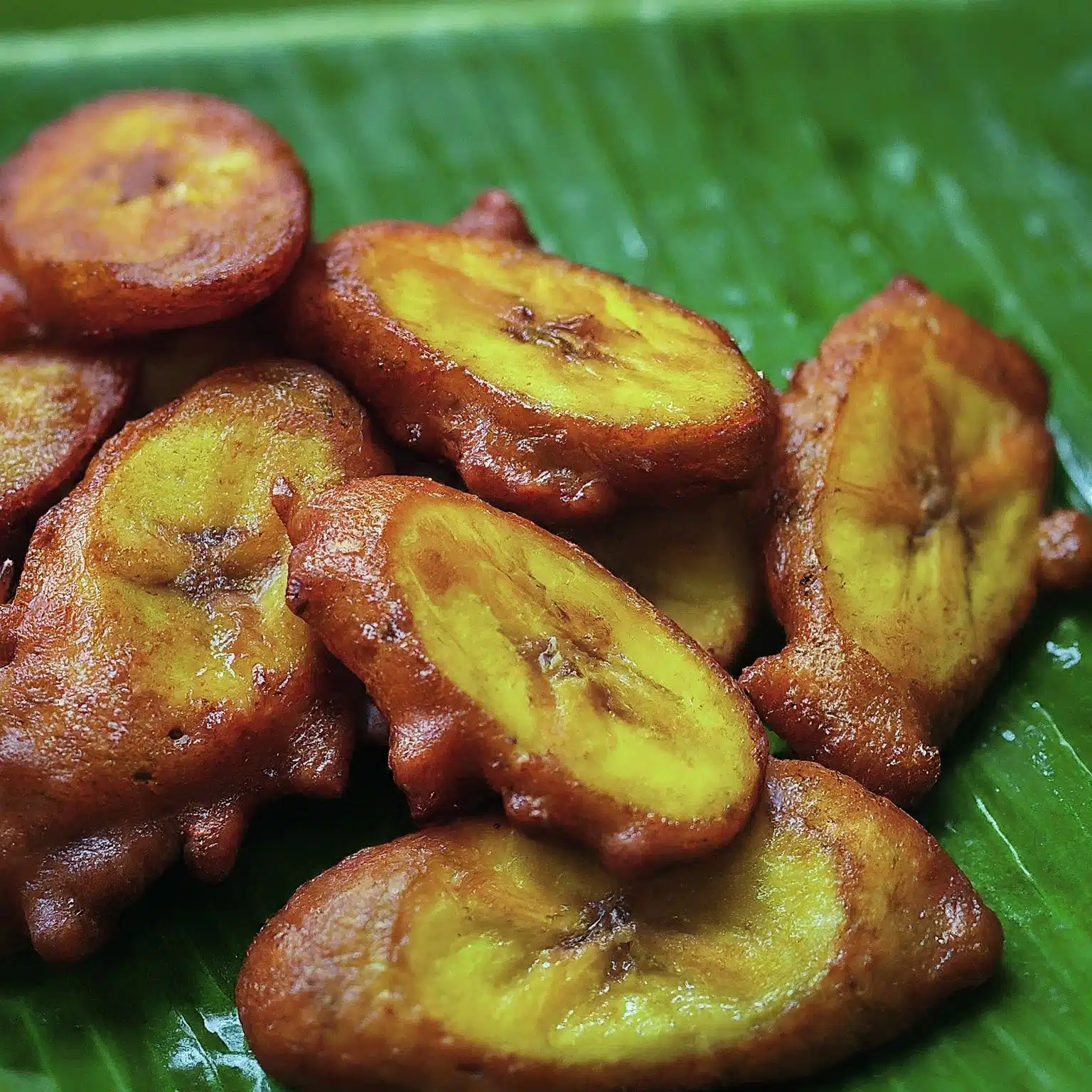
Ethakka Appam
Do you like banana chips or anything with a banana in it? If you do, a trip down the streets would not be complete in Kerala without a bite of Pazham Pori/Ethakka Appam. This delicacy is made up of ripe bananas coated in plain flour and deep-fried into golden-brown fritters bursting with sweetness.
This banana is crunchy on the outside and sweet and creamy on the inside. Whether taken as a tea-time snack, a dessert, or on-the-go street food, these Banana Fritters work wonders at satisfying your hunger pangs.
12. Palada Payasam
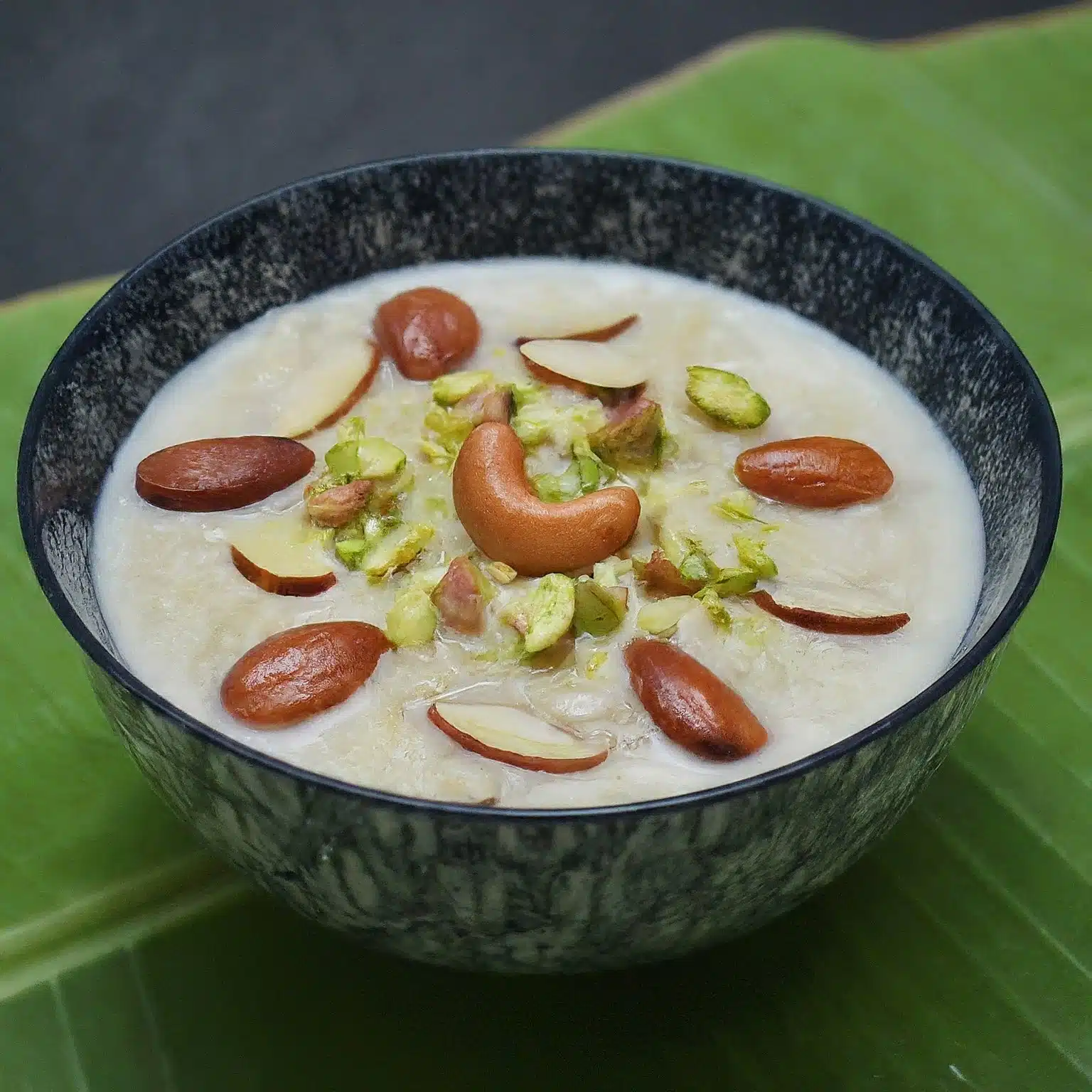
Palada Payasam
A sweet rice kheer from Kerala’s culinary heritage, Palada Payasam is prepared with rice ada, milk, sugar, and ghee, adding to its rich and sugary taste. Predominantly featured during festivals like Onam and special occasions, this traditional sweet dish enriches Kerala’s food culture.
Palada Payasam is a favourite dessert among locals and visitors because of its comforting simplicity and sweet taste.
13. Erissery
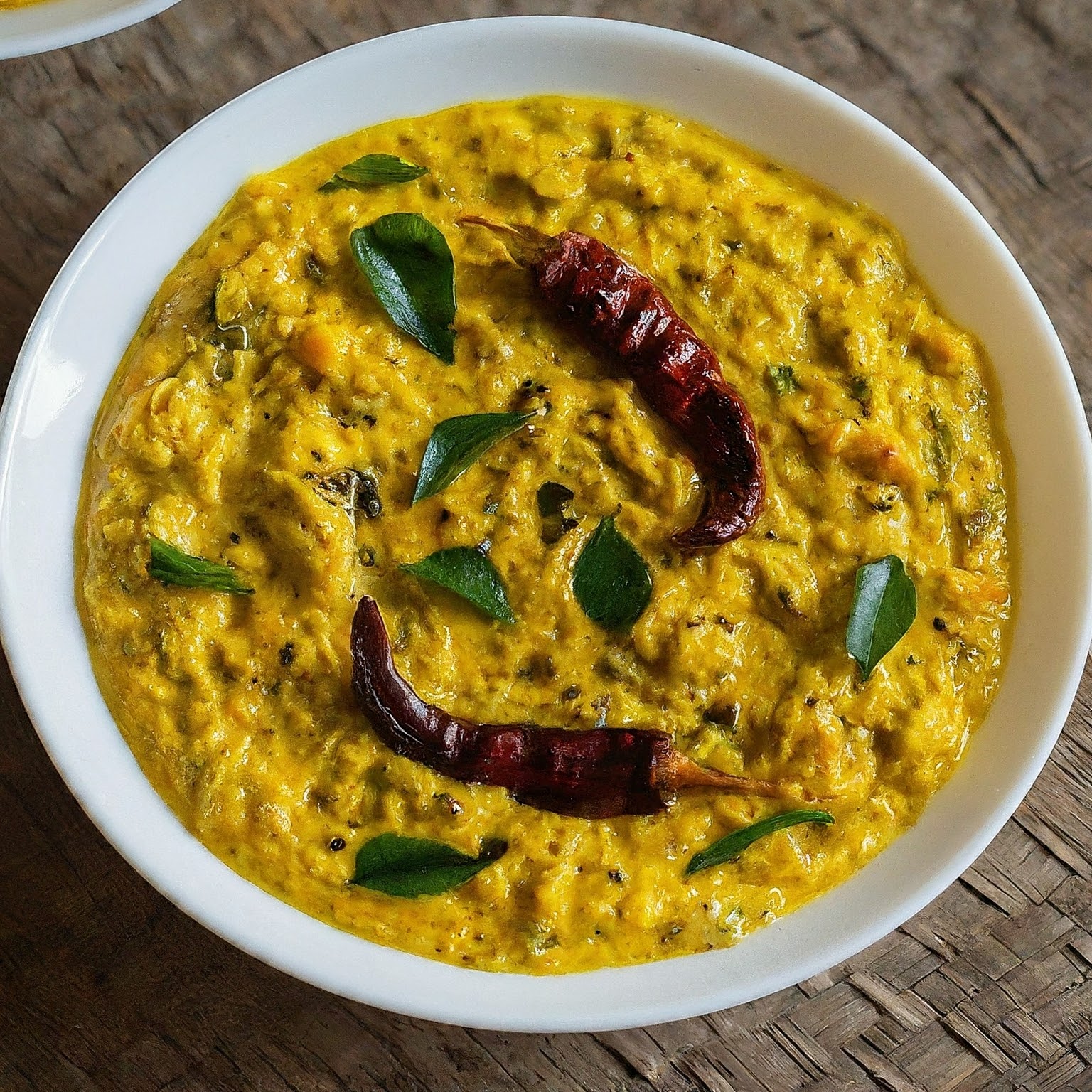
Erissery
Erissery is a beloved dish from Kerala that enjoys popularity among both locals and visitors. This traditional curry features either raw plantains or sliced yams as its base.
Slightly sweet pumpkins are boiled along with salt, chillies or pepper, dried lentils, grated coconut, turmeric powder, cumin seeds, and garlic to prepare them. Once cooked, the flavorful curry is typically served over a bed of rice. Erissery is especially cherished during festive occasions like Onam, making it a delightful choice for those eager to explore new and exciting flavours.
14. Mussel Stir Fry
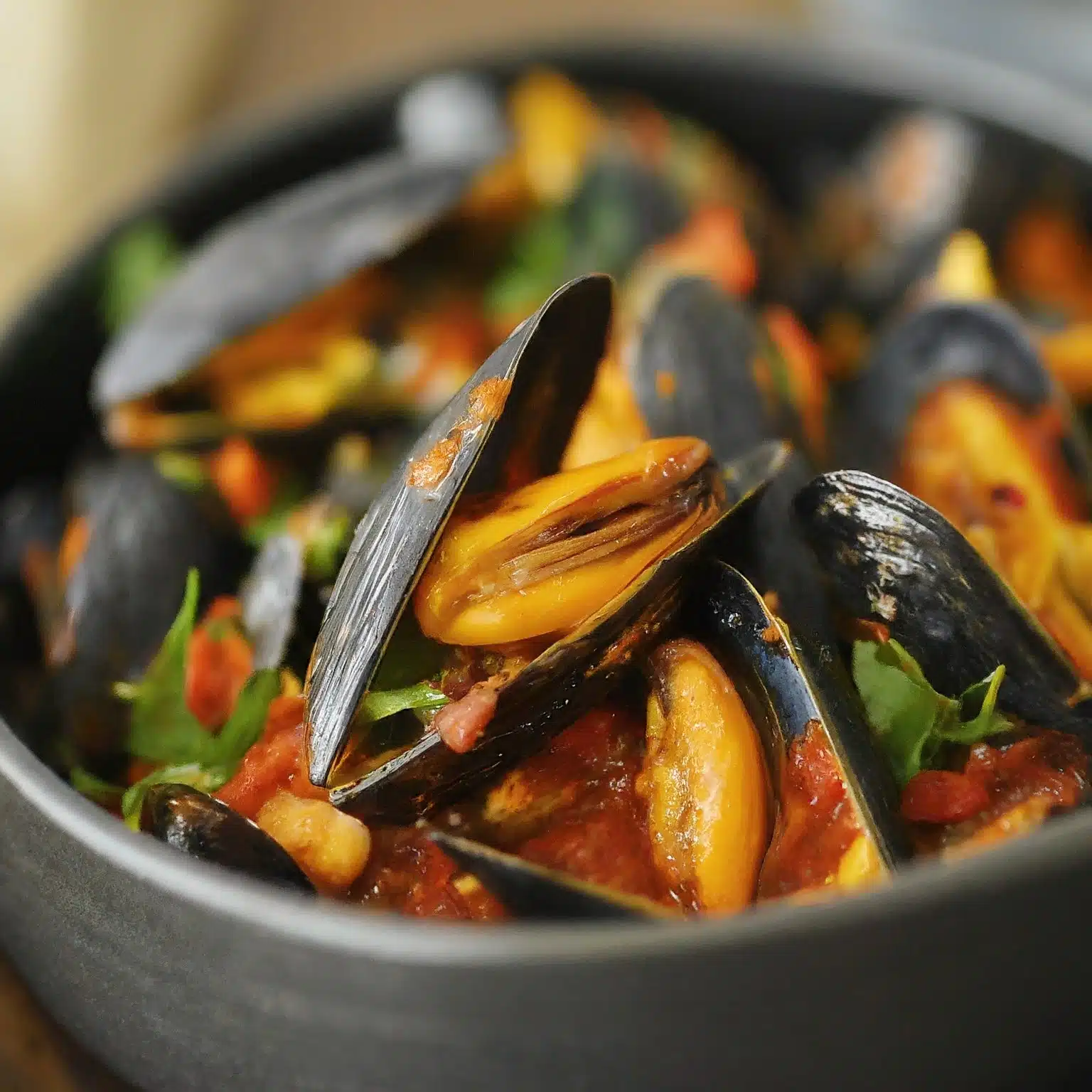
Mussel Stir Fry
Mussel Stir Fry is a vibrant and spicy dish commonly enjoyed in Northern Kerala, particularly in the Malabar region. The preparation involves sautéing fresh mussels with a fragrant blend of ginger, garlic, and a mix of spices such as turmeric, chilli powder, and coriander. This results in a dish that’s both aromatic and flavorful, with a perfect balance of heat and depth.
The mussels are usually cleaned and cooked until they open up, then combined with the spiced sauté. The ingredients are stir-fried together until the mussels are well-coated with aromatic spices, creating a rich, savoury flavour.
Also read: Goan style mussels
15. Ghee Roast Dosa With Sambhar
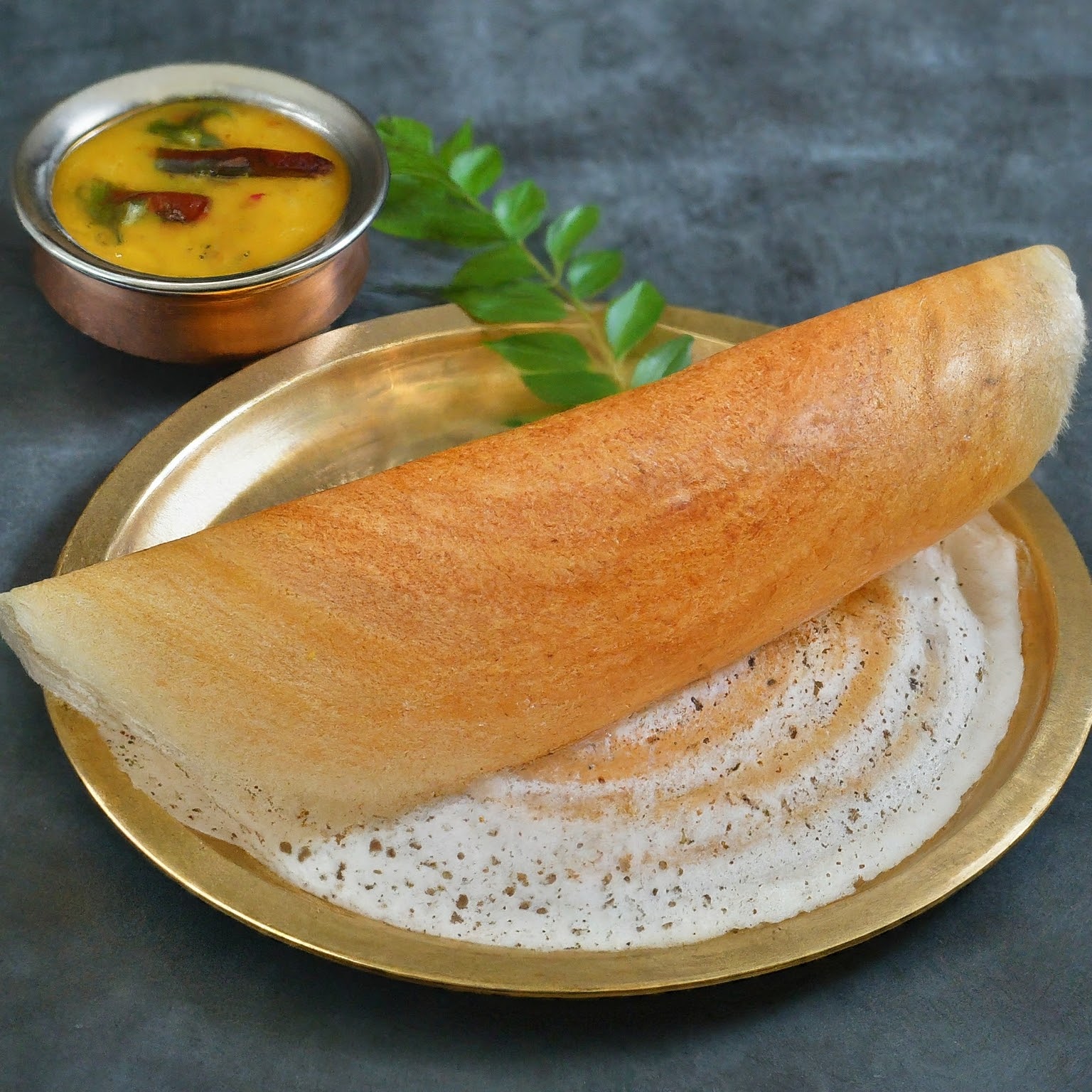
Ghee Roast Dosa With Sambhar
Ghee Roast Dosa With Sambhar is thin, savoury crepes that are a staple of South Indian cuisine. Made from a fermented batter of rice and lentils, they are renowned for their crispy texture and unique flavour.
Dosas are typically enjoyed with a variety of accompaniments, such as chutneys and sambar. Loved globally, dosas are a cherished snack and a versatile dish that can be enjoyed any time of day.
Conclusion: Why You Need to Try These Kerala Dishes
There is no bound to the diversity of flavours of Kerala cuisine – God’s Own Country. Whether vegetarian or non-vegetarian or someone with a sweet tooth, these iconic dishes are sure to delight your taste buds.
Every bite served in a banana leaf reveals a story about the land, its people, their customs, and their love for good food. Hence, when you visit Kerala, with its serene backwaters, beautiful beaches, and lush greenery, be sure to venture into its culinary world and experience the delicious food of this beautiful coastal state in South India.
Frequently Asked Questions
What is the staple food of Kerala?
Keralan staple cuisine features an intriguing fusion of simple yet nutritious ingredients. In Kerala, rice is the staple of most meals in one form or another. Fish, beef, coconut, and native veggies frequently seasoned with curry leaves, black pepper, mustard seeds, and turmeric are other popular foods.
Is Parippu curry delicious?
Yes, Parippu Curry is considered delicious by many. There is a comfort and simplicity to it that makes it so appealing. The combination of tender lentils with aromatic spices creates a hearty and flavorful dish. Lentils’ mild, nutty taste, along with spices and sometimes coconut, make it both satisfying and enjoyable. Rice or chapati pair well with it, making it a staple in many households.
What is the most famous dessert in Kerala?
Kerala is famous for its sweet delights, but the most famous is Palada Payasam. A traditional sweet rice kheer, Palada Payasam, with its rich, creamy texture and subtle sweetness, complements every meal perfectly, making it a favourite dessert across the state.
How does the regional geography influence Kerala’s cuisine?
Kerala’s diverse geography strongly influences its cuisine. With abundant coastal regions, seafood forms a crucial part of the diet. Many spice plantations contribute to the unique taste profiles of its dishes. Additionally, the importance of rice and coconut in dishes reflects the state’s agrarian landscape.
Are there any unique cooking methods used in Kerala?
Kerala cuisine uses a multitude of unique cooking methods. Steaming is a standard method used for dishes like Puttu and Appam. For some dishes like Fish Molee, the food is slow-cooked in an earthen pot to retain maximum flavour.
What is the key feature of traditional Kerala cuisine?
One key feature of Kerala cuisine is the generous use of spices and coconut, giving its dishes a strong flavor and a creamy texture. You can try Erachi Varutharacha curry to taste the flavour. This richness is evident in everything from fiery curries to sweet payasam, making this cuisine a delicious amalgam of flavour and tradition.

